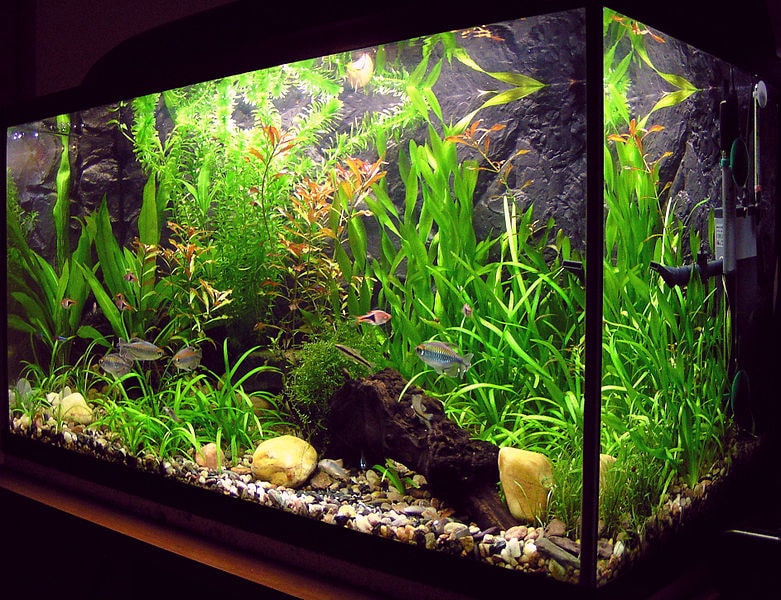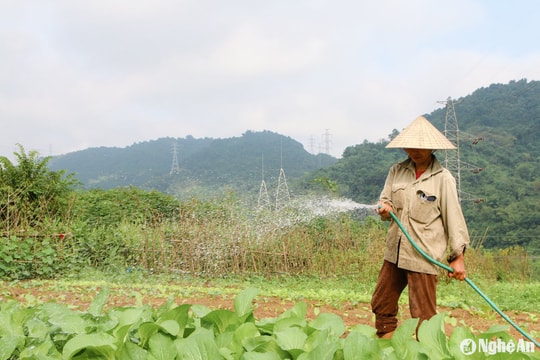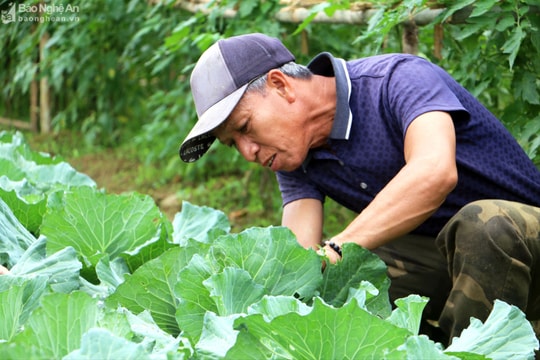6 types of organic fertilizers available at home for growing clean vegetables
(Baonghean.vn) - Organic fertilizer is very good for plants, especially for families who want to grow clean vegetables at home. Making your own organic fertilizer is both effective and saves money... Below are the types of waste that can be used as organic fertilizer.
1. Eggshell
Eggshells have many useful uses in growing vegetables and gardening. Eggshells are made up of more than 95% minerals, including up to 37% calcium carbonate - an essential substance for plant growth, along with large amounts of magnesium, potassium, iron and phosphorus.
Eggshells provide a rich source of calcium for plants. To take advantage of this material, you can crush or grind the eggshells before mixing them into the soil so that they decompose faster, helping the soil absorb nutrients easily. In addition, eggshells neutralize the pH, making the soil loose, helping plants grow and develop faster. What's special is that both raw and cooked eggshells can be used as fertilizer.
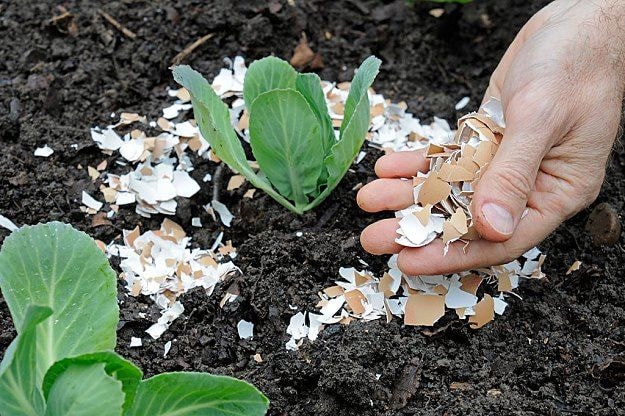 |
2.Vbanana
Ripe banana peels contain a lot of potassium. You can dry the banana peels, then crush them and spread them on the soil. Or you can put the banana peels in a pot of water to ferment, soak 3 banana peels in 3 liters of water for about 3 days. Then you use this water to water the plants.
Banana peels are used as potassium fertilizer to promote plant growth, very good for home grown vegetables or plants such as tomatoes, eggplants, and some types of flowers such as primroses, primroses, etc. The plants bloom quickly and last a long time.This is a fertilizer that provides nutrients for plants, so only use a sufficient amount throughout the season, do not use too much.
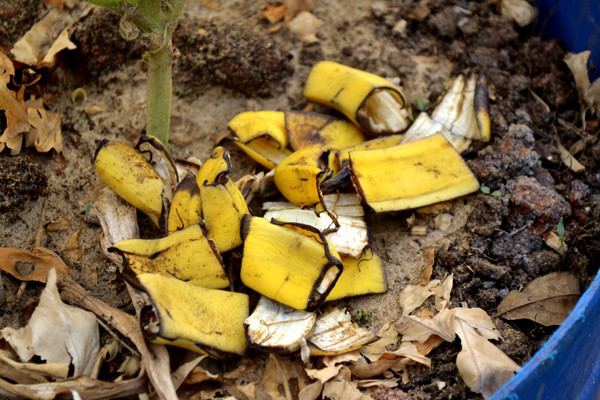 |
3. Tea grounds, coffee grounds
Using tea grounds and coffee grounds to fertilize flower pots and ornamental plants not only helps the soil retain moisture but also makes the plants grow better. This method is quite simple, just spread tea grounds or coffee grounds on the surface of the soil. Note, these ingredients must be drained of all water, only take the grounds because tea water can make the soil lose its porosity. In addition, do not pour hot tea grounds directly onto the plants, but let them cool before fertilizing to avoid damaging the plants.
Plants that prefer acidic soil such as roses, sweet potatoes, potatoes, aloe vera... are very fond of fertilizer made from coffee grounds. Similar to tea grounds, you should fertilize with cooled coffee grounds. In addition, coffee grounds also help prevent attacks from snails and many other insects.
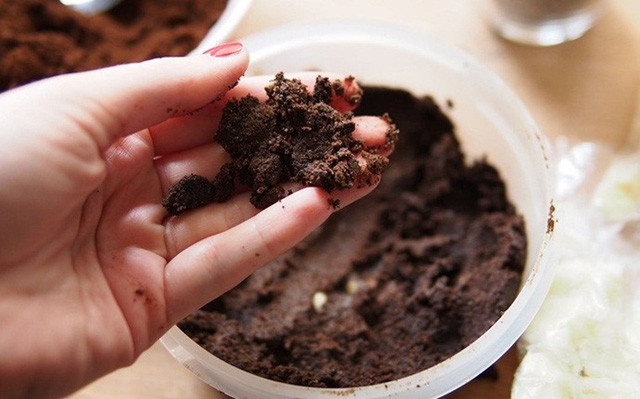 |
4. Soybean pulp and coconut pulp
Families who regularly make soy milk and coconut oil can use the residue to fertilize indoor plants. Specifically, mix soybean residue and coconut residue in a 1:1 ratio into compost for about a month, then fertilize the plants. This fertilizer helps loosen the soil and increase the organic content of the soil.
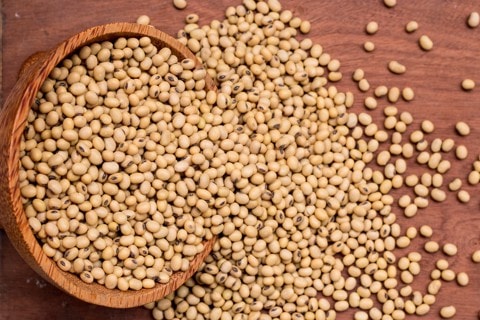 |
5. Leftover food
After use, leftover foods such as vegetables, fruit peels, tea bags, rice water... can all be kept as fertilizer. The above ingredients should be stored and composted in a styrofoam box or a plastic box with a lid. For fried foods containing oil, pour a layer of water to drain off all the oil before pouring it into the box. The compost box should be placed far away from the living area to avoid unpleasant odors. Stir the mixture once a day with a stick to easily decompose the mixture.
The mixture can be left to ferment for a few weeks or longer. Then, drain the water into another container to water the vegetables, and use the composted residue to fertilize the plants in the right amount.
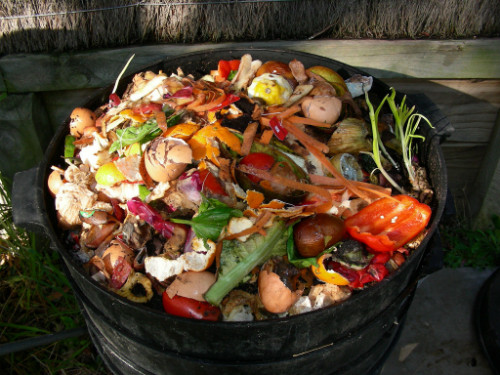 |
6. Aquarium water
- Nowadays, many houses use aquariums to decorate and change the feng shui of the house. Every time you change the water in the aquarium, you should keep the water to water the plants. That water contains a lot of protein and nutrients to help the plants stay healthy and grow well.
